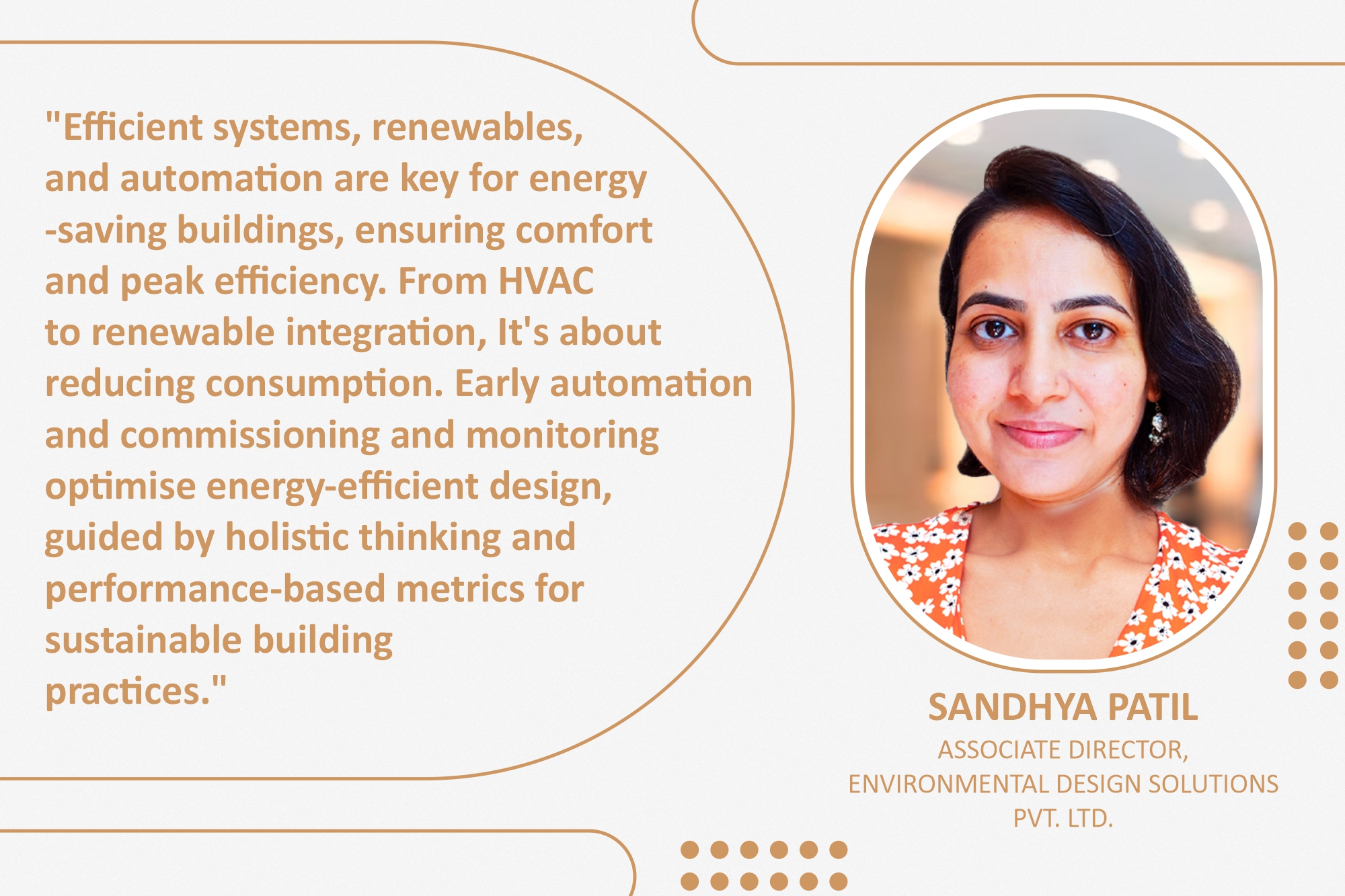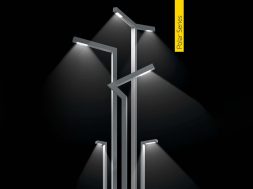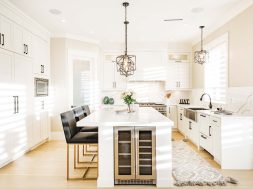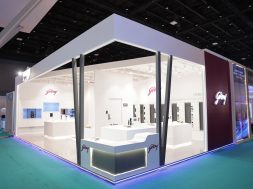Integration systems, renewables, and automation for greener future

This interaction article discusses the guidelines for energy-efficient building designs, the importance of energy consumption and stakeholder collaboration.
Guidelines for energy-efficient building design serve as a foundational framework, providing architects, engineers, and developers with a roadmap to achieve optimal energy performance and sustainability results. These guidelines are essential in addressing the growing concern for environmental impact and the need to mitigate energy consumption in the built environment. The core of these guidelines is the principle of comprehensive and strategic planning. From the initial stages of conceptualisation to the final stages of completion, careful consideration must be given to energy efficiency. This involves integrating energy-saving measures into every building’s design and construction process.
Stakeholder collaboration is a fundamental aspect of implementing energy-efficient building design guidelines. By involving all relevant parties from the project’s inception, including architects, engineers, contractors, and building owners, a shared vision for energy efficiency can be established. Collaboration ensures that everyone is aligned with the project’s energy goals and committed to achieving them.
Adherence to established standards and codes is another critical aspect of energy-efficient building design. Standards such as those set by organisations like ASHRAE, ECBC, and NBC provide valuable guidance and benchmarks for energy performance. By following these standards, designers can ensure that their buildings meet or exceed minimum energy efficiency requirements.

Passive design strategies are integral to energy-efficient building design. These strategies leverage natural elements such as sunlight, airflow, and thermal mass to minimise the need for mechanical heating, cooling, and lighting systems. Examples of passive design strategies include proper building orientation, daylighting, and efficient building envelope design.
Efficient systems like high-performance HVAC, smart lighting, advanced controls, and renewable energy sources such as solar panels enhance building energy efficiency. Automation technologies enable remote monitoring and control, optimising energy use based on occupancy and weather. Incorporating automation from the conceptual stage is crucial to ensuring buildings operate efficiently. Commissioning and monitoring, involving testing, fine-tuning, and ongoing assessment, verify the effectiveness of energy-efficient design measures. Life cycle cost analysis aids decision-makers in evaluating the long-term economic benefits, guiding material selection and system implementation. The shift towards whole-building system thinking and performance-based metrics is key to advancing energy-efficient building design, emphasising the interaction and impact of building systems on overall energy performance.
Establishing and measuring specific energy performance goals throughout a building’s lifecycle encourages a more holistic approach to energy efficiency. Finally, occupant engagement and education are critical for ensuring the sustained success of energy-efficient buildings. By educating building users about energy-conscious practices and encouraging behaviour changes, designers can further reduce energy consumption and promote a culture of sustainability. In conclusion, guidelines for energy-efficient building design provide a comprehensive framework for achieving sustainable, high-performance buildings. By incorporating passive design strategies, efficient systems, building automation, and performance-based metrics, designers can create buildings that are not only environmentally friendly but also economically viable and socially responsible.
For more info visit: http://www.edsglobal.com
Cookie Consent
We use cookies to personalize your experience. By continuing to visit this website you agree to our Terms & Conditions, Privacy Policy and Cookie Policy.










